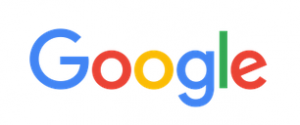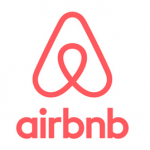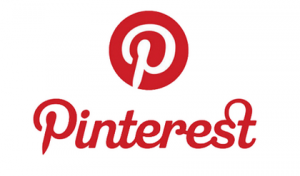
2010s: The new era of trendy logo re-design
Have you noticed how in the past 10 years, major brands are changing their logos and funny enough are changing them to simpler styles?
Commentators would call it a trend, others – copycatting, but what’s the truth?
Check out Google’s:
| |
 |
| Before (2013-2015) |
After – Sans Serif font |
And here is Airbnb:
 |
 |
| Before (2008-2014) |
After – LL Brown font |
Pinterest’s logo:
 |
 |
| Before (2011-2017) | After – Neue Haas Grotesk font (under the category of Sans Serif) |
Ebay:
 |
|
| Before (1995-2012) | After – Univers font (under the category of Sans Serif) |
And the most recent shock to the industry – Burberry!
 |
|
| Before (1901-2018) | After – similar of a Bodoni type font (under the category of Serif) |
Here are some of my theories on why this may be happening:
Desire for simplicity in branding
Brands may be trying to send a message of being more approachable through such easily readable and simple designs. Through this, the brand is trying to say that it is delivering simple and straight forward products/services. Brands may also seek to communicate modernity, reliability, credibility and a certain level of informality. Considering that nowadays the advertising noise is so large and people are surrounded by more and more colourful logos, brands need to find ways to distinguish themselves from others, especially from their competitors. And simplicity through Sans Serif style fonts may be the way…
But does simplicity drive people to confuse it with basic? Luxury brands such as Burberry try to be seen as simple and modern, but may fall in the trap of being seen as basic.
Targeting a wider audience
As I already mentioned, this simplicity may be an effort to fall into new modern design trends. In recent years, brands and marketers prefer playful and minimalist styles are defining the current trends in all types of design. Falling into this trend may be part of a larger marketing campaign to reach wider audiences. For example, it has been claimed that Pinterest is trying to de-feminize its brand by utilizing a font that looks simpler and more straightforward. In this way, not only female identifying individuals may take advantage of the platform, but also anyone else.
These brands can do as they wish or they have planned a deliberate PR stunt
These companies are big enough to do whatever they want. Everybody knows what Google is and what it does. Everybody knows Burberry’s famous pattern. They have been establishing themselves for years and they are fully set in people’s minds. Even if they slightly change their logo, the public would not lose the idea they have of the brand. It is no longer necessary for the logos to be unique as the brand has an established image and concept. So from here on brands can change their logo and become part of the new trend in graphic design.
And in the end of the day, why not change it and get people talking about your brand again? Many of these brands have caused outrage after revealing their new re-designed logos and they received millions of tweets, articles and mentions. And these re-designs turned into successful PR/marketing campaigns!
Good looking crisp logo
As logos are part of a brand’s complete design, brand and marketing managers have to also think how the logo looks. A logo is usually put next to other text, on a poster, or even on a pen, so it is important for companies to have an image that really looks good everywhere. With all tangibles and intangibles, the brand is trying to tell and create a story, so every single component has to work together.
After all, it is better when the logo is simple, crisp and looks good everywhere – whether it be various devices or marketing materials.
Who knows what these branding specialists were thinking?
They all hold different theories on why the logo has been re-designed. The truth quite possible lays somewhere in the middle of all theories.
What do you think of these new logos? Why are brands doing this?
